|
The clouds sweeping and swirling over the lush green mountains below are the first indication we'll soon be landing in Chiang Mai, the largest city in northern Thailand. Flying from Bali, with a quick stopover in Bangkok, we're in search of the picturesque mountains, delicious food, and artistic culture this region is known for. In addition to being the largest, Chiang Mai is also the most historically significant city in northern Thailand, as it was the capital of the Kingdom of Lanna from the 13th to 18th centuries. Only 700 kilometers from Bangkok, about the distance from Los Angeles to San Francisco, it's very different than the capital in the south. Translating to "new city" because it became the new capital of the Lanna kingdom when founded in 1296, Chiang Mai feels like a mix of ancient and modern. The old, walled city, a perfect square, is home to dozens of ornate, gold-plated wats (temples), creating an air of spirituality that feels grounded and calm, a wisdom undoubtedly gained through a long history. Other than the wafting aromas of pad thai, curry, and khao soi (a noodle dish made with coconut milk unique to this region), the most noticeable difference between Thailand and other countries in Southeast Asia is the absence of colonial architecture. Combined with better infrastructure and clean streets, it's easy to see what avoiding war and colonial rule has done to create a much improved standard of living. Throughout our time in Chiang Mai we continuously talk about how well everything is maintained; a deep contrast to its neighboring countries. And while the city itself feels old, new technology and creative solutions for everyday conundrums are abundant here. Reverse osmosis water stations provide an almost miraculous solution to the lack of clean drinking water found throughout Southeast Asia, while mobile ATMs and do-it-yourself washing machines all over the city make life on travelers and locals alike infinitely easier. Inside the walls of the old city on our second night, we catch sunset at the Chedi Wat, which dates back to the 15th century. As the light fades across the golden Buddha statues on each side of the temple, young monks pass by and a woman parks on a nearby bench to feed the group of stray dogs that live in the complex. It's difficult to fully translate the experience, but all of this combined with the quiet breeze of the warm evening provides a glimpse into what makes Chiang Mai such a sacred place. Juxtaposed to the ancient temples within the old city, the young and vibrant area surrounding Chiang Mai university on the city's west side reels with energy. Trendy coffee shops and salad spots bookend places like "Beer box," a small beer bar within a free standing cedar wood container surrounded by tables under the trees, serving beer from all over the world. Just up the street we catch our first movie in over two months at the new Maya mall, watching the cinematic genius also known as Jurassic World, followed by a trip to a trendy salon for two much-needed haircuts. We've stuffed ourselves with delicious Thai food but our biggest failure is that we haven't yet had a Thai massage. At 200 baht ($6), they're practically free by western standards, and available on every city corner. We can only hope there will be many massages to come throughout the rest of our travels in Thailand. For now, we're happy to share some amazing green curry, a cold Chang beer, and catch the sun set over the mountains from the 4th floor balcony of our hotel just outside the city walls.
1 Comment
tim matthews
7/11/2015 08:35:45 am
Great verbal pictures you create with your writing. clear and concise it's a pleasure to read. I can almost feel the breeze and taste the Thai beer. Thanks
Reply
Your comment will be posted after it is approved.
Leave a Reply. |
Cohica TravelA travel design agency. Categories
All
Archives
October 2023
Follow us on Instagram @CohicaTravel
|







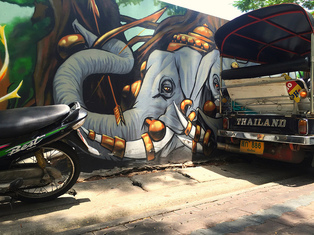
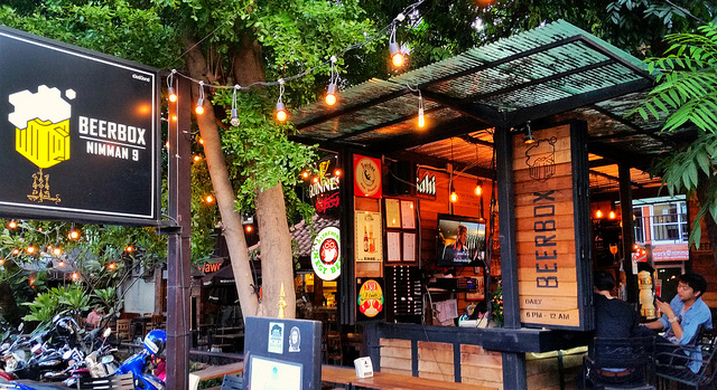

 RSS Feed
RSS Feed
